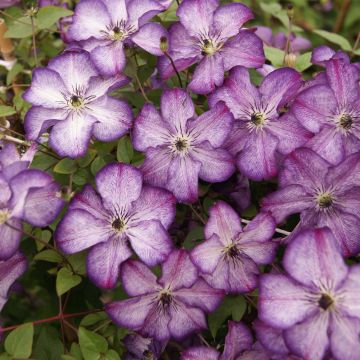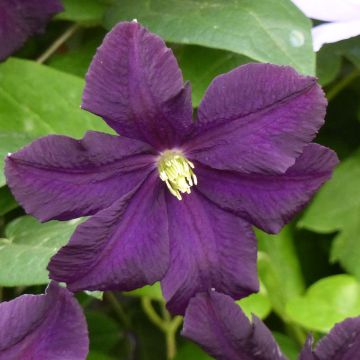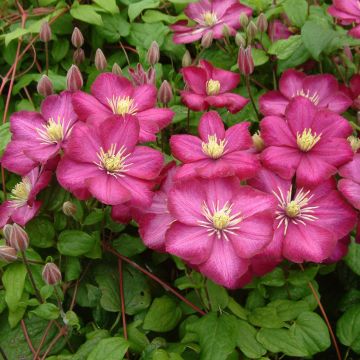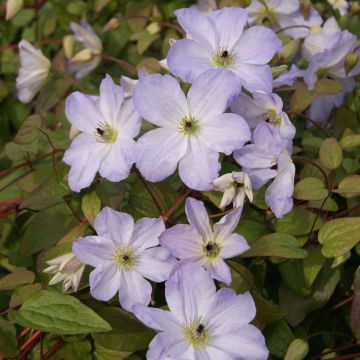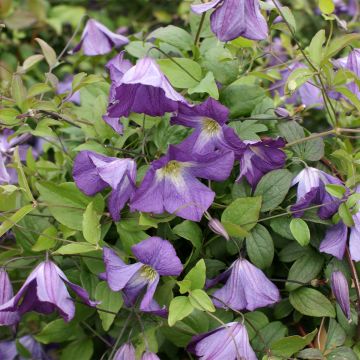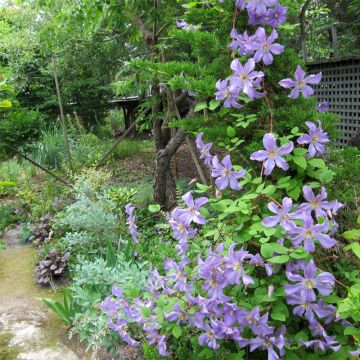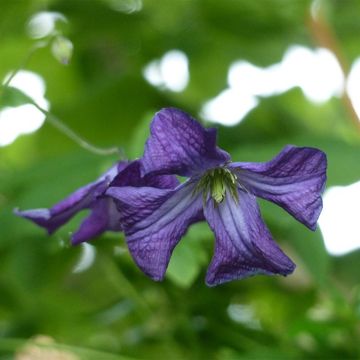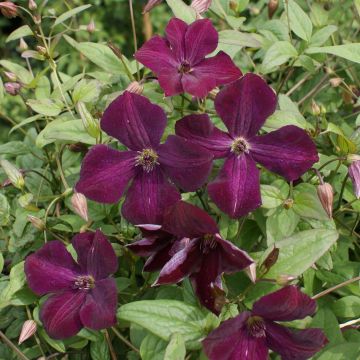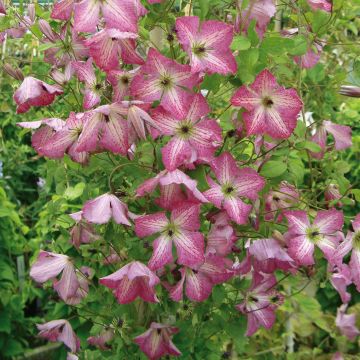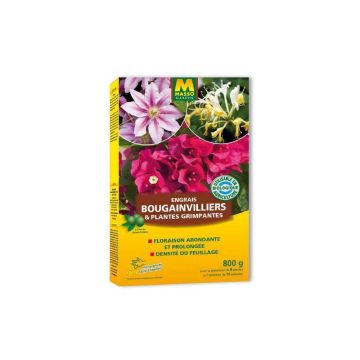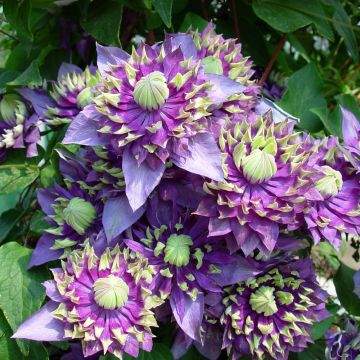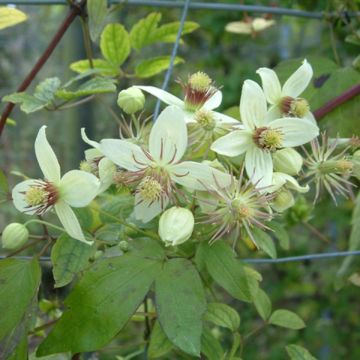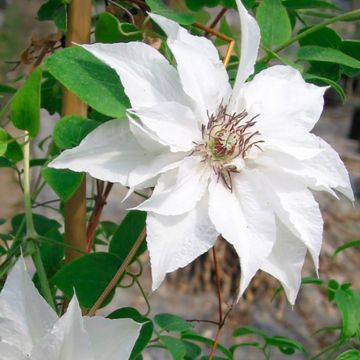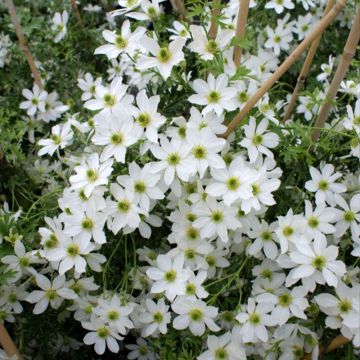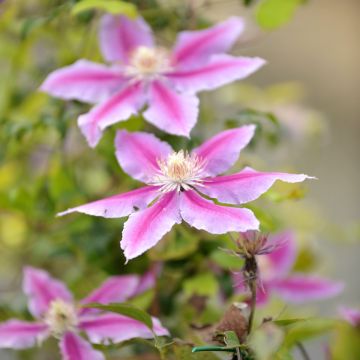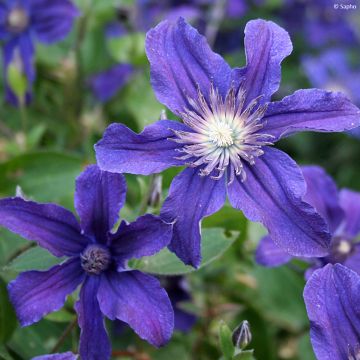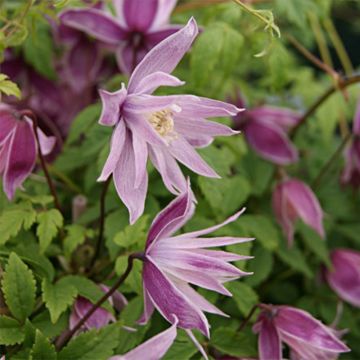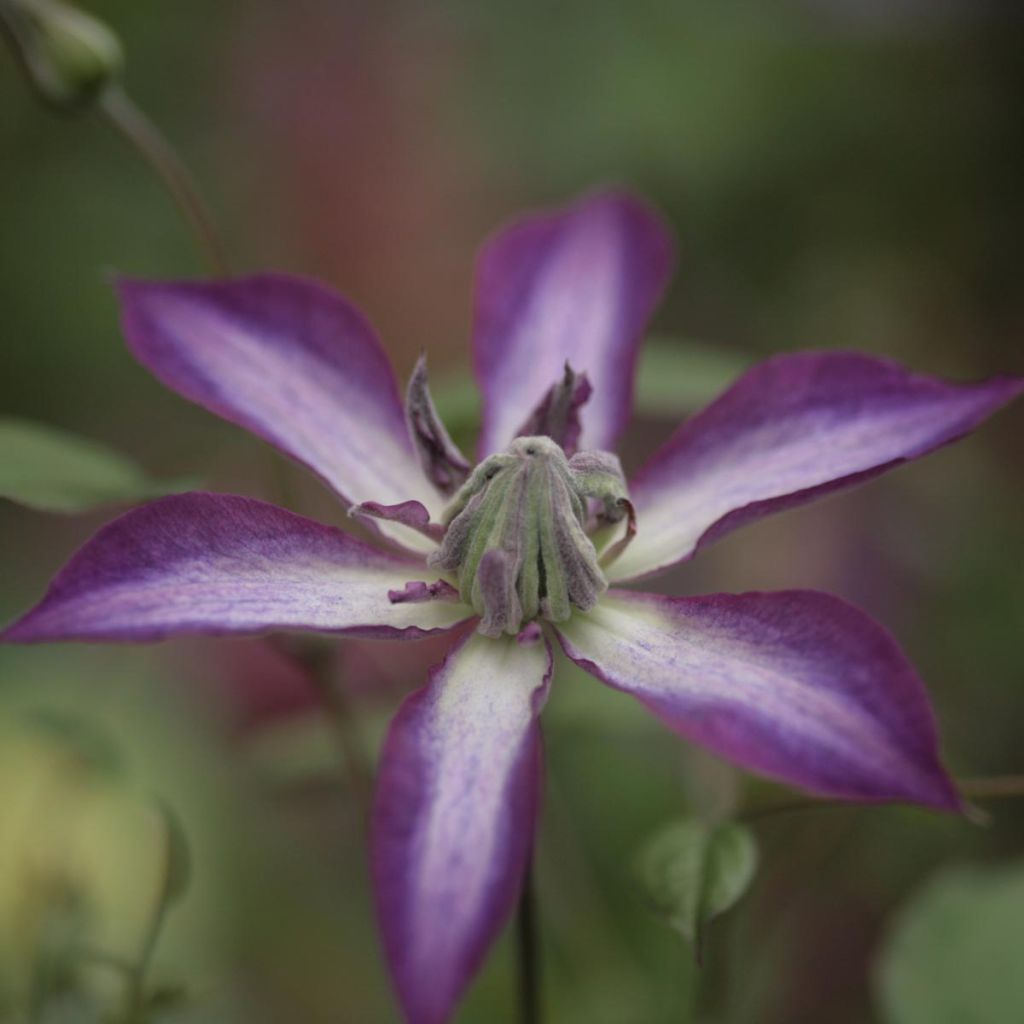

Clématite Astra nova - Clématite
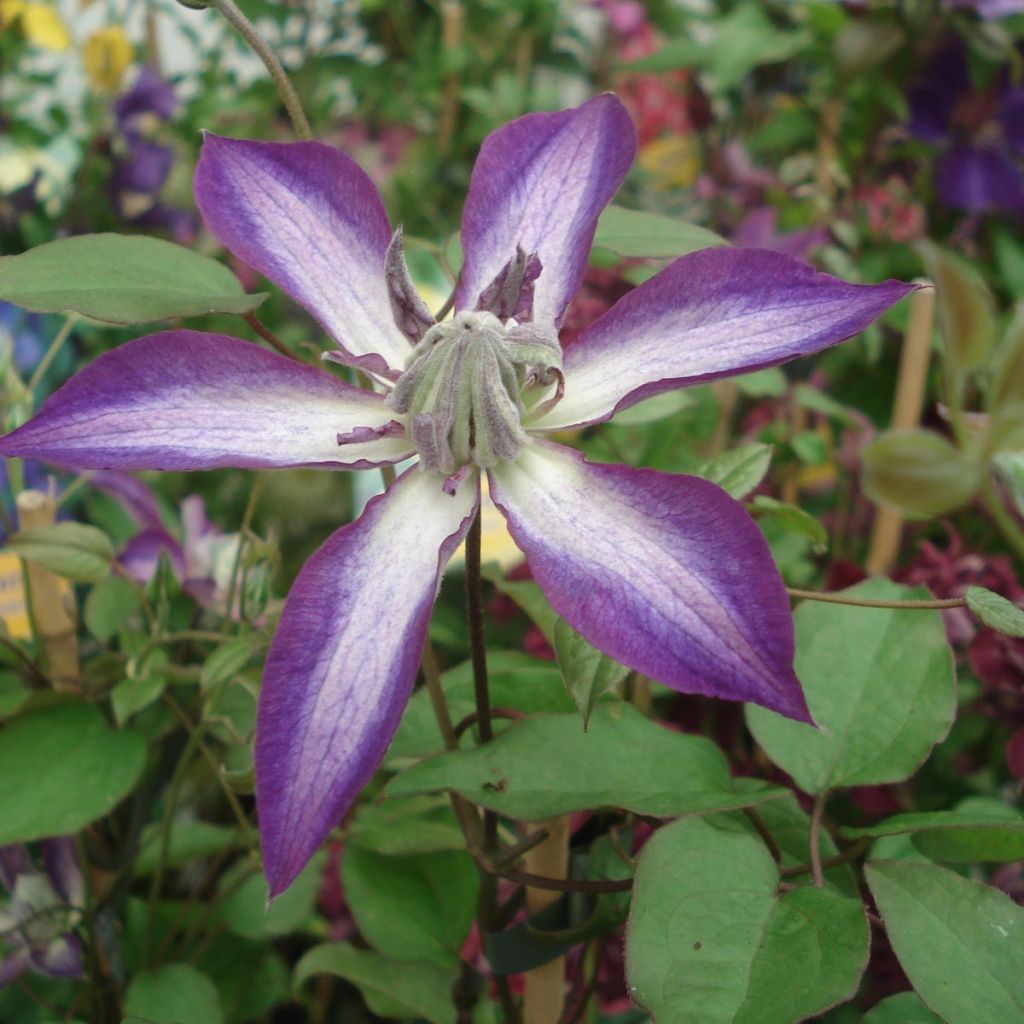

Clématite Astra nova - Clématite
Clematis viticella Astra nova
Clematis viticella Astra nova
Italian Leather Flower, Purple Clematis, Virgin's Bower
This item cannot be shipped to the selected country
Delivery charge from €6.90
More information
Delivery charge from €6.90
More information
Schedule delivery date,
and select date in basket
This plant carries a 6 months recovery warranty
More information
We guarantee the quality of our plants for a full growing cycle, and will replace at our expense any plant that fails to recover under normal climatic and planting conditions.
From €7.90 for pickup delivery and €6.90 for home delivery
Express home delivery from €8.90.

Does this plant fit my garden?
Set up your Plantfit profile →
Description
Clematis viticella 'Astra Nova' is a recently obtained clematis in the Netherlands. It has medium-sized flowers, single or semi-double. The blue-violet tepals are marked with a wide white midrib, giving it a bright appearance. It is a beautiful climber that flowers for a long time, from June to September. Its modest size allows it to be grown both in the ground and in pots.
The genus Clematis belongs to the Ranunculaceae family. 'Astra Nova' is a horticultural variety derived in particular from Clematis viticella, and it belongs to the clematis that flower in summer on the current year's shoots. It is a semi-woody, climbing perennial plant, reaching 2m (7ft) to 2.50m (8ft) in height, with a spread of 1m².
This clematis bears viticella-type flowers, medium-sized, 7cm (3in) in diameter, from June to September. The bisexual flowers are solitary or grouped in cymes. They have 4 blue-violet tepals marked with white, star-shaped with purple stamens in the center. The flowering is followed by decorative feathery fruits, grayish silver in colour. The leaves are simple, palmate, with irregularly serrated edges. This clematis clings to support or host plants through petioles transformed into tendrils.
Plant your clematis alongside your roses to extend the flowering of your walls and pergolas until the end of summer. This is a genus with great diversity, available in all colors, shapes, and sizes. Take advantage of their easy cultivation to give your garden a romantic and bohemian touch. 'Astra Nova', thanks to its relatively modest size, will also thrive in a pot on a balcony or next to an entrance door to welcome visitors with its long-lasting flowering.
Clematis viticella Astra nova in pictures
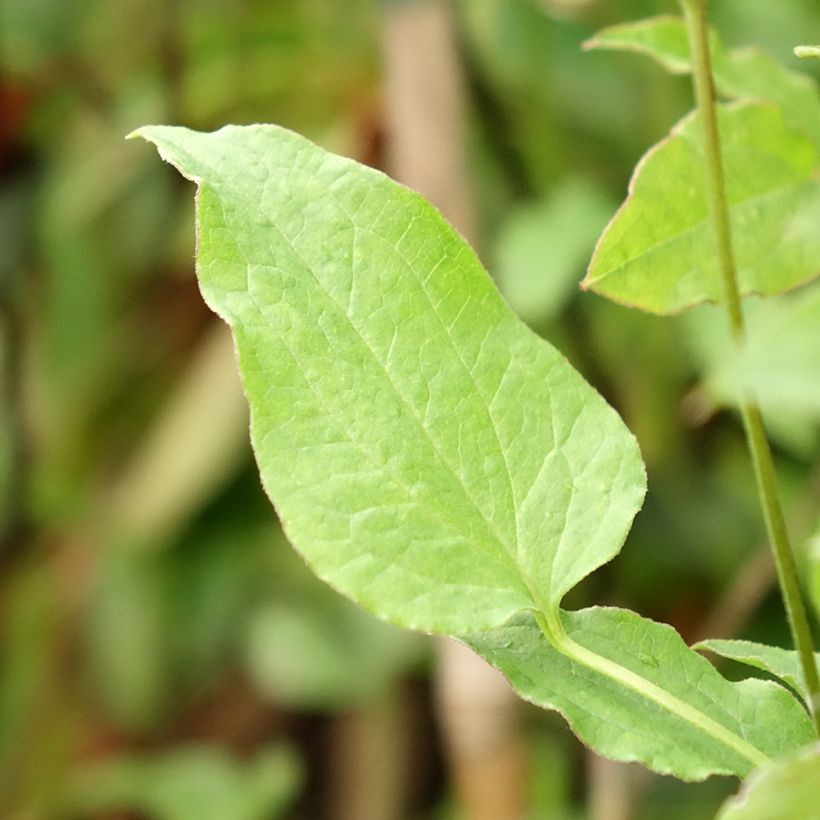

Plant habit
Flowering
Foliage
Botanical data
Clematis
viticella
Astra nova
Ranunculaceae
Italian Leather Flower, Purple Clematis, Virgin's Bower
Cultivar or hybrid
Other Clematis Viticella
View all →Planting and care
Planting period
Intended location
Care
-
, onOrder confirmed
Reply from on Promesse de fleurs
Similar products
Haven't found what you were looking for?
Hardiness is the lowest winter temperature a plant can endure without suffering serious damage or even dying. However, hardiness is affected by location (a sheltered area, such as a patio), protection (winter cover) and soil type (hardiness is improved by well-drained soil).

Photo Sharing Terms & Conditions
In order to encourage gardeners to interact and share their experiences, Promesse de fleurs offers various media enabling content to be uploaded onto its Site - in particular via the ‘Photo sharing’ module.
The User agrees to refrain from:
- Posting any content that is illegal, prejudicial, insulting, racist, inciteful to hatred, revisionist, contrary to public decency, that infringes on privacy or on the privacy rights of third parties, in particular the publicity rights of persons and goods, intellectual property rights, or the right to privacy.
- Submitting content on behalf of a third party;
- Impersonate the identity of a third party and/or publish any personal information about a third party;
In general, the User undertakes to refrain from any unethical behaviour.
All Content (in particular text, comments, files, images, photos, videos, creative works, etc.), which may be subject to property or intellectual property rights, image or other private rights, shall remain the property of the User, subject to the limited rights granted by the terms of the licence granted by Promesse de fleurs as stated below. Users are at liberty to publish or not to publish such Content on the Site, notably via the ‘Photo Sharing’ facility, and accept that this Content shall be made public and freely accessible, notably on the Internet.
Users further acknowledge, undertake to have ,and guarantee that they hold all necessary rights and permissions to publish such material on the Site, in particular with regard to the legislation in force pertaining to any privacy, property, intellectual property, image, or contractual rights, or rights of any other nature. By publishing such Content on the Site, Users acknowledge accepting full liability as publishers of the Content within the meaning of the law, and grant Promesse de fleurs, free of charge, an inclusive, worldwide licence for the said Content for the entire duration of its publication, including all reproduction, representation, up/downloading, displaying, performing, transmission, and storage rights.
Users also grant permission for their name to be linked to the Content and accept that this link may not always be made available.
By engaging in posting material, Users consent to their Content becoming automatically accessible on the Internet, in particular on other sites and/or blogs and/or web pages of the Promesse de fleurs site, including in particular social pages and the Promesse de fleurs catalogue.
Users may secure the removal of entrusted content free of charge by issuing a simple request via our contact form.

































